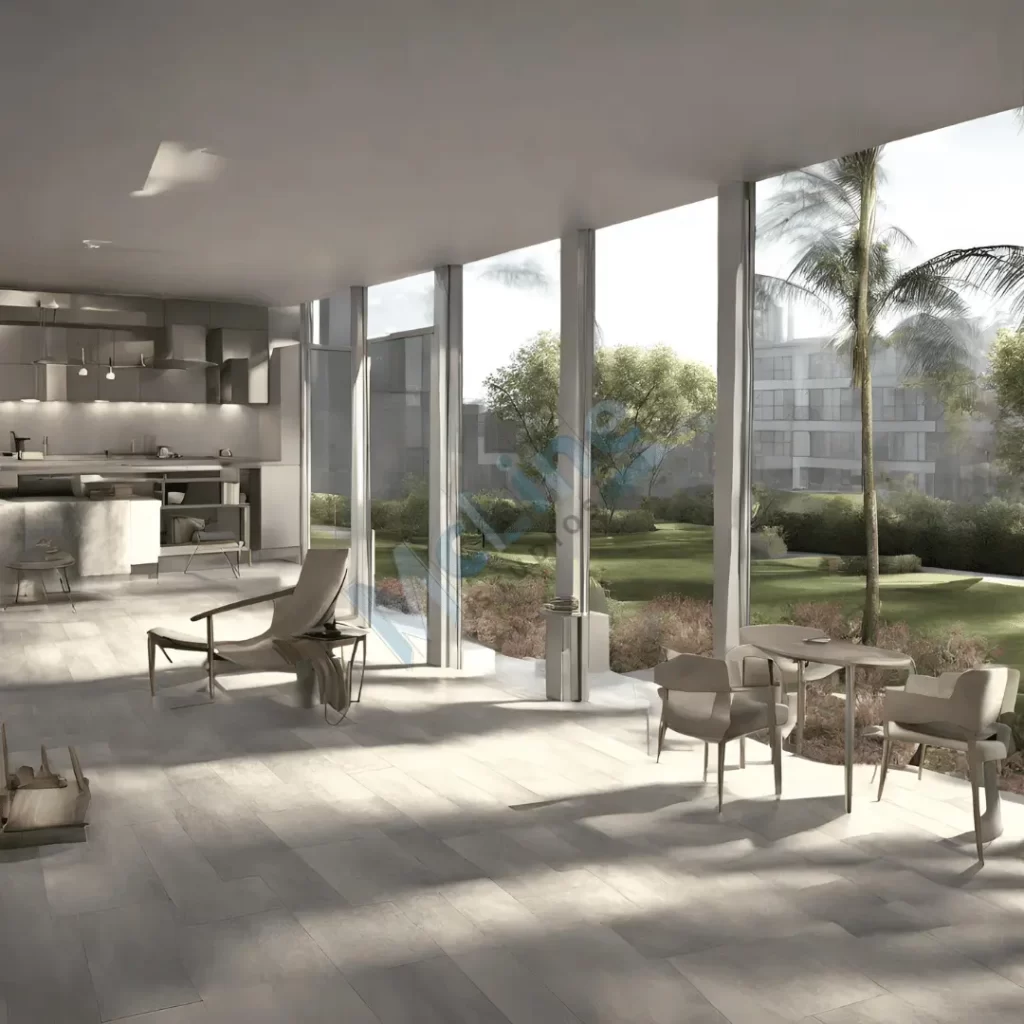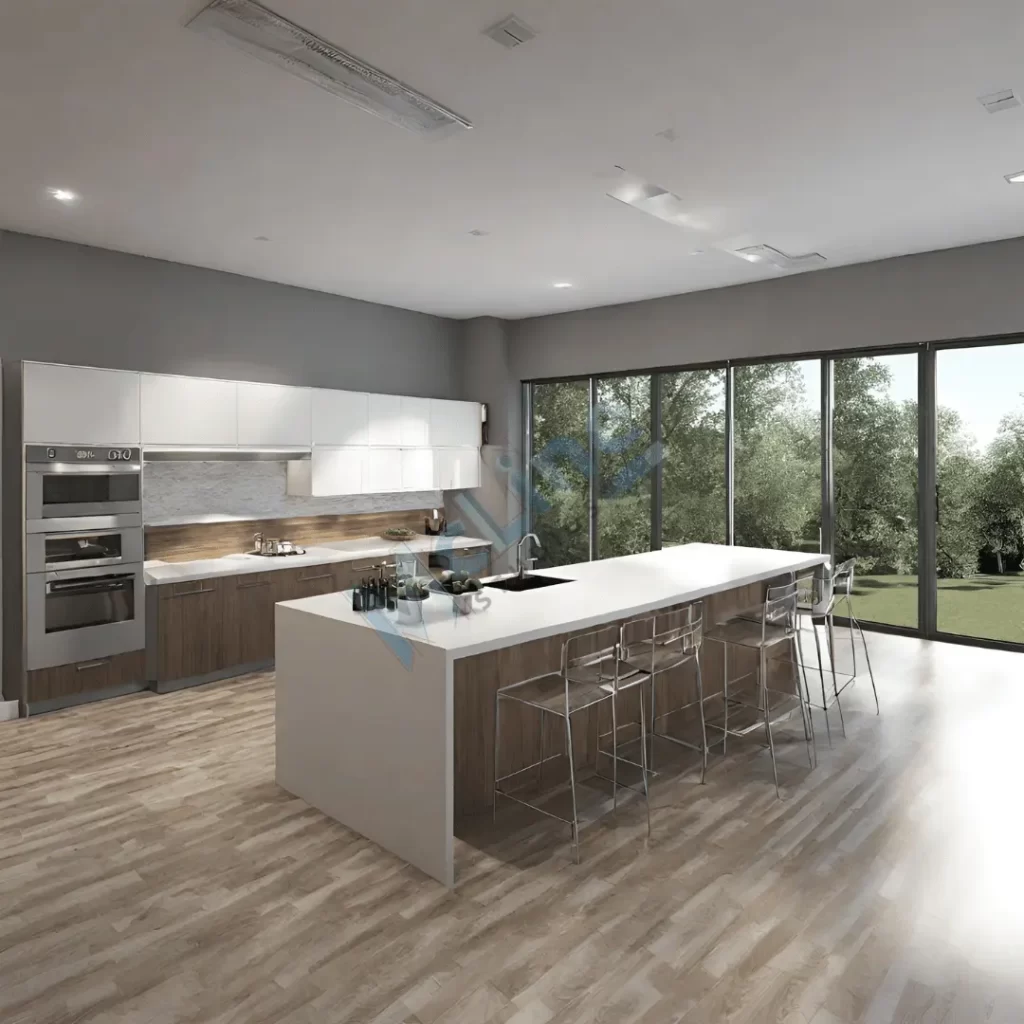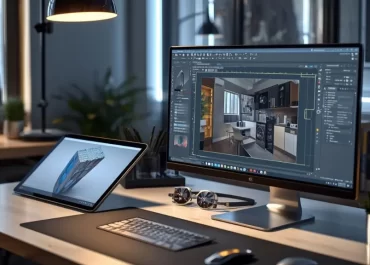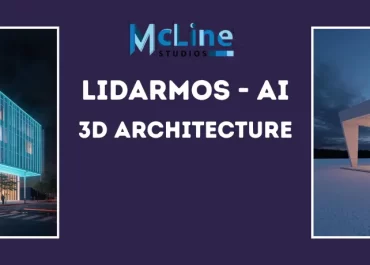Interior design has come a long way in recent years thanks to advancements in technology. One of the most impactful developments has been the use of 3D rendering to visualize design concepts and plans. 3D rendering creates photorealistic images and animations that allow designers, clients, and contractors to truly see a space before it is built. This brings many advantages to the design process.
Today, 3D rendering has become an indispensable tool, revolutionizing the way designers conceptualize, communicate, and bring their visions to life. In this blog post, we will delve into the significance of 3D rendering in interior design and explore the myriad ways it has transformed the industry.
What is 3D Rendering in Interior Design?
3D rendering in interior design refers to the process of creating three-dimensional images or animations that visualize the interior spaces of a building. It’s a powerful tool used by interior designers, architects, and other professionals to communicate their design concepts to clients, stakeholders, or the general public.
The goal of 3D rendering is to provide a realistic and detailed representation of how a space will look once the design is implemented. It involves creating photorealistic 3D models and images of proposed interior spaces before construction takes place.

Using 3D modeling software like Revit or Sketchup, designers build a complete virtual model of the interior space. This includes structural elements like walls, floors, and ceilings, as well as doors, windows, furnishings, fixtures, and finishes. Materials and textures are added to make the model look realistic, such as wood grain for floors or fabric for upholstery. Lighting is also adjusted to mimic real-world illumination.
Once the 3D model is finished, the designer can render still images or animations showing different perspectives of the space. These photorealistic visualizations illustrate the design with much more detail, accuracy, and realism compared to 2D drawings or plans. The renderings showcase textures, lighting, shadows, and spatial dimensions in a way clients can easily envision.
Because they provide such an effective visualization, 3D renderings are invaluable for designers to communicate ideas and sell their designs to clients. Clients can better conceptualize the result before construction starts. Renderings are useful at all stages of the design process, from initial concepts to final presentations.
Benefits of 3D Rendering in Interior Design
One of the biggest benefits of 3D rendering is that it allows you to see a design come to life before any physical work has started. In the past, designers could only show rough sketches and 2D-floor plans to help clients envision the result.
Now with 3D rendering, you can show clients full-color renderings of their future space from any vantage point. Clients can better understand spatial relationships, material textures, lighting, and more. This reduces surprises down the road and allows adjustments to be made early when they are easier to implement.
- Communicate Your Vision
3D rendering is an invaluable communication tool between interior designers and their clients. Photorealistic renderings give clients an accurate idea of what the designer envisions rather than leaving things open to interpretation.
This keeps both parties on the same page and reduces miscommunications about the goals for the space. Renderings can also help clients who have difficulty visualizing a 2D floorplan in 3D space. No matter what design changes come up, new renderings can quickly be generated to align the look with the latest desires.
- Plan Ahead
From a design standpoint, 3D rendering enables interior designers to thoroughly plan out details and identify any spatial or functional issues before installation. With an accurate 3D model, designers can evaluate lighting, acoustics, storage, accessibility, furniture layouts, and more.
Virtual walkthroughs allow designers to experience the space as if physically inside it, finding any overlooked problems or opportunities. This helps refine the design plan proactively rather than having to correct issues during construction when it is much more expensive.
- Collaborate Seamlessly
The visualization capabilities of 3D rendering improve collaboration between interior designers, architects, contractors, and clients. Designers can send 3D models and renderings to others involved in the project for feedback.
This facilitates instant and clear communication between all stakeholders in the design process. Comments and changes can be incorporated into a single 3D model that provides the definitive reference point as the project progresses. This reduces confusion and keeps all collaborators aligned.
- Accurately Estimate Costs
Creating a realistic 3D model with precise material and furnishing specifications allows interior designers to develop accurate cost estimates for a project early on. Designers can play with different design scenarios and immediately understand the cost implications. This enables clients to decide on the best version of the design that fits within their budget.
Since 3D models contain real products and materials, it is easy to develop a detailed budget breakdown. Cost estimating is much more difficult when clients are asked to interpret abstract 2D drawings.
- Experience It Virtually
The most cutting-edge use of 3D rendering in interior design is virtual reality (VR) and augmented reality (AR). With a VR headset, clients can immerse themselves in a hyperrealistic walkthrough of their new space. This takes design visualization to the next level, allowing clients to experience the size, layout, lighting, and more before construction.
VR technology is getting more accessible and can provide an unparalleled preview of the finished design. Some forward-thinking designers are also incorporating AR features that layer renderings into real physical spaces to help clients visualize changes.

3D Rendering Services for Interior Designers
Detailed 3D renderings allow designers to showcase their vision for a space in a photorealistic manner before construction even begins. From material textures to lighting design, Outsource 3D renderings illustrate the completed design with a high level of accuracy.
Specialized 3D rendering firms like McLine Studios offer services to create stunning 3D visualizations from interior design plans and sketches. These visualizations can include perspectives, floorplans, close-up details, and comprehensive walkthroughs. For interior designers, 3D renderings are a powerful way to win over clients, make design modifications digitally, and bring concepts to vivid life before the first brush of paint goes onto the wall.
3D rendering has transformed nearly every aspect of interior design and the client experience. From initial concept to final walkthrough, photorealistic renders engage clients, improve designer workflow, and reduce errors. As rendering technology and VR/AR continue advancing, 3D visualization will become an indispensable part of the design process. The future of interior design lies in 3D.
Conclusion
In summary, 3D rendering allows them to easily create photorealistic visualizations of design concepts, enabling clients to better understand and approve designs before construction even begins. The ability to make quick adjustments and experiment with different options in a 3D model makes the design process more efficient.
It also reduces costly errors that might occur from miscommunication using traditional 2D drawings. As 3D rendering technology continues improving in terms of speed, quality, and accessibility, it will only become more embedded into standard interior design workflows.
Interior designers who embrace and leverage 3D rendering today will have a competitive advantage over those who don’t. Its flexibility and visual power will only help interior designers communicate ideas, win clients, save money, and reduce waste.




